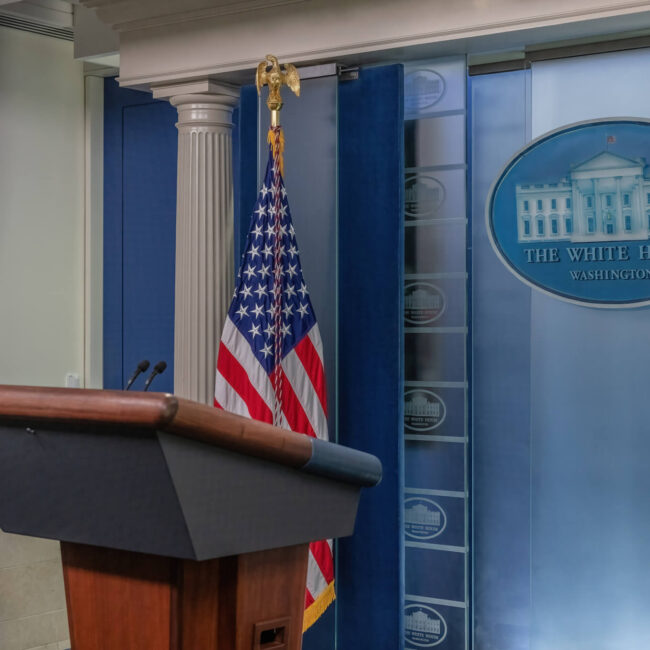S Corps Reporting International Tax On Forms K-2 And K-3

While the 2017 TCJA made improvements in U.S. taxation of international transactions, it also increased the amount of information required to calculate tax liability for partnerships and S Corporations that have foreign-related activities and tax items. The IRS makes this observation in its FAQs on the new Forms K-2 (partners’ total distributive share, international items) and K-3 (individual partner’s share of international items) required to be filed with 2021 tax forms to report items of “international tax relevance.” (Note, K-2s and K-3s also are required for S Corporations.) The new passthrough forms are long and complicated, leading tax professionals to request clarifications and transition relief from 2021 filing requirements.
How the New Forms are Different
Passthrough reporting of international tax items previously was done on Line 16 of Schedule K and Schedule K-1 under the heading “Foreign Transactions.” Schedules K and K-1 did not require any specific format for international information, resulting in “a confusing array of statements attached to the schedules…”, according to the IRS. The new 20-page forms K-2 and K-3 forms require a “clear and standard” format for international tax information, including such details as foreign tax credit limitation computation details, R&E apportionment factors, interest expense apportionment factors; foreign tax details; FDII information; pages of distribution details, etc.
Transition Relief
The IRS first provided transition relief for 2021 returns in Notice 2021-39 by waiving penalties for incorrect or incomplete reporting by a partnership or S Corporation if they made a good faith effort to comply with the Schedules K-2 and K-3 filing requirements. Proof of good faith efforts includes whether the filer has made changes to its systems, processes, and procedures for collecting and processing relevant international information, the extent to which a Schedule K-2/K-3 filer has obtained information from partners and shareholders, and steps taken by the filer to modify partnership or S corporation agreements or governing instrument to facilitate necessary information sharing to complete Schedules K-2 and K-3.
2021 Filing Exception: The IRS now is providing a K-2 and K-3 filing exception for the tax year 2021 for some domestic partnerships and S corporations. To qualify for this exception, the following must be met:
- In the tax year 2021, the direct partners in the domestic partnership are not foreign partnerships, foreign corporations, foreign individuals, foreign estates or foreign trusts.
- In the tax year 2021, the domestic partnership or S corporation has no foreign activity, including foreign taxes paid or accrued or ownership of assets that generate, have generated, or may generate foreign source income.
- In the tax year 2020, the domestic partnership or S corporation did not provide to its partners or shareholders nor did the partners or shareholders request the information regarding:
- Line 16, Schedules K and K-1, on foreign transactions, and
- Line 20c, Schedules K and K-1, information on Controlled Foreign Corporations, Passive Foreign Investment Companies, 1120-F Returns of Foreign Corporations, FDII, effectively connected income from sale or exchange of a partnership interest, property transfers to partnerships with a related foreign partner; and corporate inversions.
- The domestic partnership or S corporation has no knowledge that the partners or shareholders are requesting this information for the tax year 2021.
If a partnership or S corporation qualifies for this exception, the domestic partnership or S Corporation does not need to file Schedules K-2 and K-3 with the IRS or with its partners or shareholders.
No Foreign Partners or Foreign Activities? You Still May Have to File
The IRS warns that passthroughs with no foreign source income, no assets generating foreign source income, and no foreign tax liability may still need to report information on Schedules K-2 and K-3. For example, if a partner claims the foreign tax credit, the partner may need information from the partnership to complete Form 1116, Foreign Tax Credit. Also, a partnership that has only domestic partners may still have to file when the partnership makes deductible payments to foreign related parties of its domestic partners.
In FAQ 12, the IRS provides examples of when filing requirements are still required. The examples cover such situations as when a U.S. citizen who is a partner claims the foreign tax credit and where a partner has passive foreign source taxable income.
Is This Relief Enough?
Although the latest relief by IRS is welcome, the AICPA believes it is not enough. In a letter to key IRS officials, the group urges the IRS to delay implementation of Schedules K-2 and K-3 until the 2023 filing season or until the IRS and software providers are able to provide and process the new schedules in electronic format. As the AICPA points out, “the 2022 filing season has commenced and the IRS, as well as taxpayers, are still unclear on who must file the required Schedules.” The AICPA also notes that the final instructions now available to taxpayers are still vague with regard to what constitutes “items of international tax relevance.”
For passthrough entities, the call on whether they have to file these schedules and how best to complete them is particularly complex for 2021. For that reason, entities and their owners should consult with their trusted tax advisors to make these determinations.
Explore related insights
-
The SALT Brief
Read more: The SALT Brief
-
AI Governance: How to Balance Innovation with Ethical Responsibility
Read more: AI Governance: How to Balance Innovation with Ethical Responsibility






